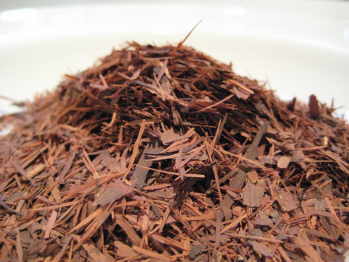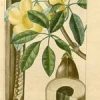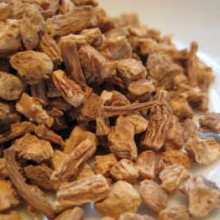Lapacho Bark (Tabebuia impetiginosus.) is derived from the inner bark of the Taheebo or Lapacho tree in South America. Actually, more properly, the tree is a Lapacho and the inner bark is Taheebo. It is called Pau D’Arco more often as not.
the tree grows in the high altitudes 0f the Andes of the South American rainforest and has a human use history going as far back as the Inca.
Lots of so called pundits ally its medicinal use with a cancer treatment – There is no eveidence anywhere that this is true and no supporting research to suggest so either. It is a useful herb for some conditions, especially Candida and yeast infections but has no use whatsoever in the treatment of any cancer – please don’t be taken in.
Traditional Uses for Lapacho Bark:-
Lapacho is used as a refreshing but bitter concoction in the treatment of yeast problems such as Candida.
It helps to fight infection and boosts the immune system. It is anti inflammatory and contains a plethora of anti-oxidants so is particularly useful in any detoxification program. Its best know use, however, is in the fight against fungal and yeast infections for which it is particularly effective.
The ancient Incas and Aztecs were probably the first to be familiar with the herb’s healing powers.
The infusion made from the bark has been used for many centuries by the Indio tribes of South America and there are several trees representing the species T. Heptaphylla, T. Impetiginosa (from which this herb is derived), T. Rosea and T. Serratifolia. Almost all the trees have yellow flowers -Handroanthus impetiginosus, another species of the Lapacho Tree has pink flowers and is often called the pink trumpet tree but there are so many other plants called trumpet trees that if confused use the latin name to identify your purchase.






